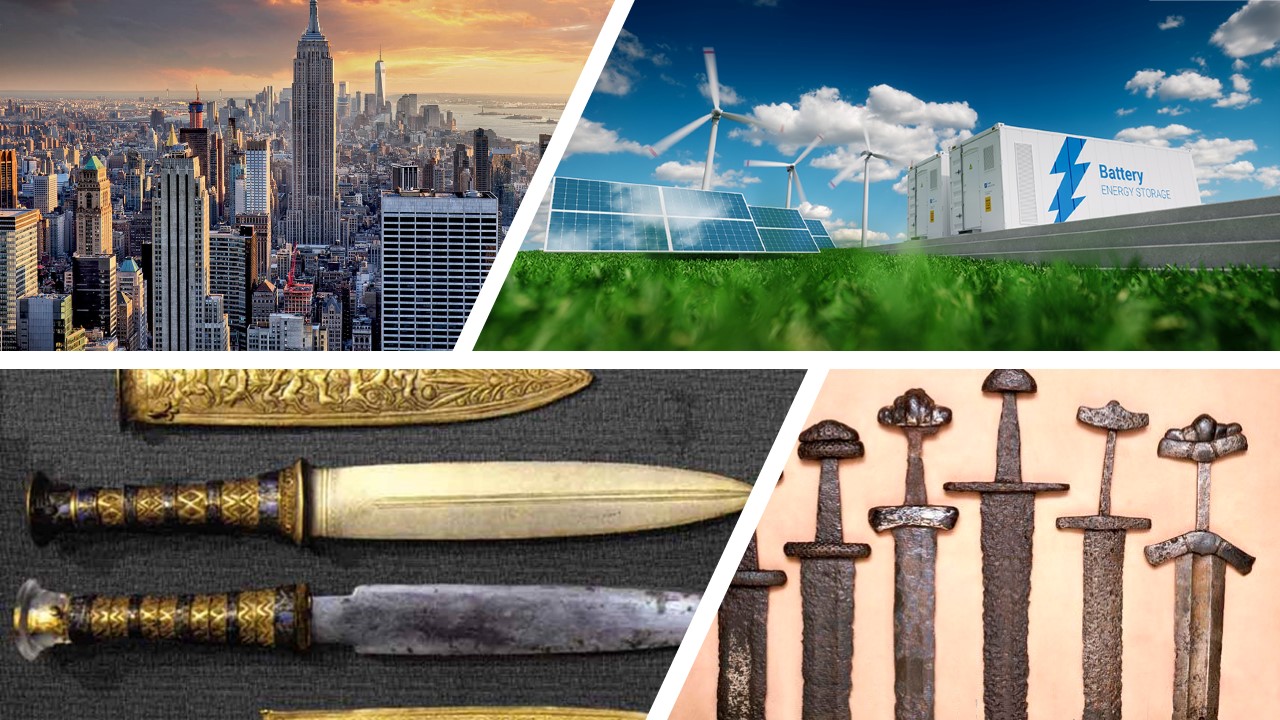
LEARNING OUTCOMES
After completing the course student can:
- recognize the role of metals in the modern society
- understand the role and impact of metals in the climate- and eco-systems
- recognize the local and global state of the metals resources
- knowing the main metals production and their global economics
Credits: 5
Schedule: 01.08.2023 - 31.12.2023
Teacher in charge (valid for whole curriculum period):
Teacher in charge (applies in this implementation): Anna Klemettinen
Contact information for the course (applies in this implementation):
CEFR level (valid for whole curriculum period):
Language of instruction and studies (applies in this implementation):
Teaching language: English. Languages of study attainment: English
CONTENT, ASSESSMENT AND WORKLOAD
Content
valid for whole curriculum period:
What are metals and what are their roles in society?
- Different kinds of metals and their main properties
- Metals in society
- How is the basic metal structure and how does it link to its properties?
- Macro-level structure of metals (crystal structure, alloying)
- Example links between structure and properties (strength, hardness, yield, etc.)
- Peek at inspiring properties: antibacterial properties, aesthetic/artistic properties, acoustic properties (instruments), extreme use cases
- The fundamental role of metals in the circular economy
- Metals in Energy production and storage
- Global primary and secondary raw materials for metals
- World needs metals
- How is the basic metal structure and how does it link to its properties?
How are metals produced?
- Basics of minerals processing
- Basic methods for metals production from mineral raw materials
- Recycling of metals
- Life-cycle analysis for metal products (examples, comparison, carbon footprint and handprint)
What are the basic metal products and their applications?
- Very briefly with inspiring applications: metals and alloys
- Historical metal uses
- Modern metal uses: batteries, smart phones, EVs, medicine etc.
DETAILS
Substitutes for Courses
valid for whole curriculum period:
Prerequisites
valid for whole curriculum period:
SDG: Sustainable Development Goals
7 Affordable and Clean Energy
9 Industry, Innovation and Infrastructure
12 Responsible Production and Consumption
13 Climate Action
FURTHER INFORMATION
Further Information
valid for whole curriculum period:
Teaching Language : English
Course that may be completed several times
Teaching Period : 2022-2023 No teaching
2023-2024 Autumn I - Spring VA course implementation may be cancelled if the number of students enrolled to the course implementation does not meet the required minimum of five students. In the case of cancelled course implementations, the students enrolled to them must be provided with an alternative way of completing the course or be advised to take some other applicable course.
